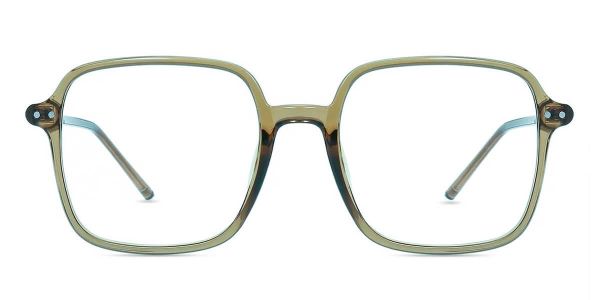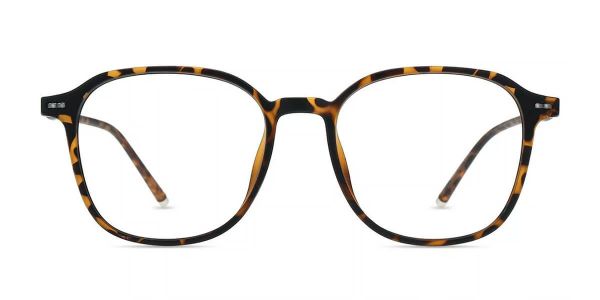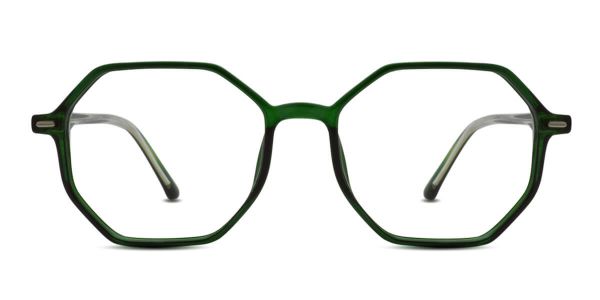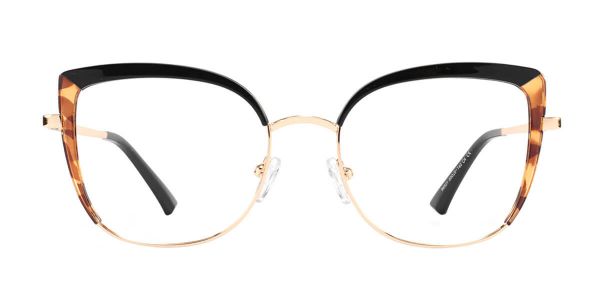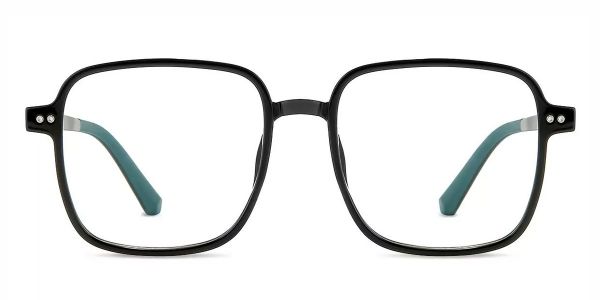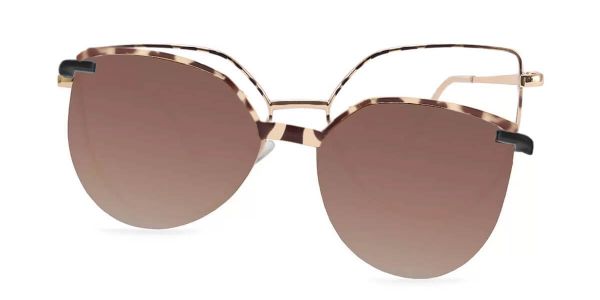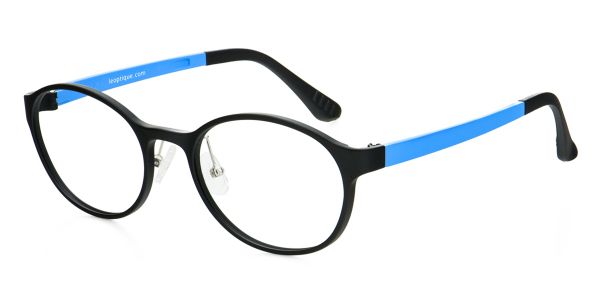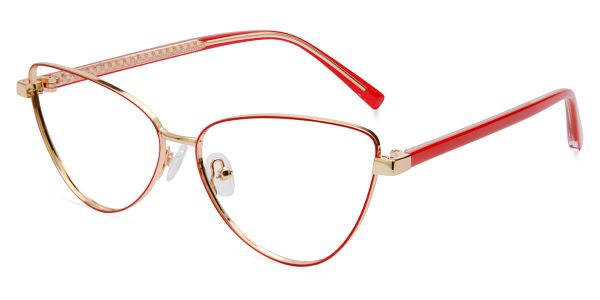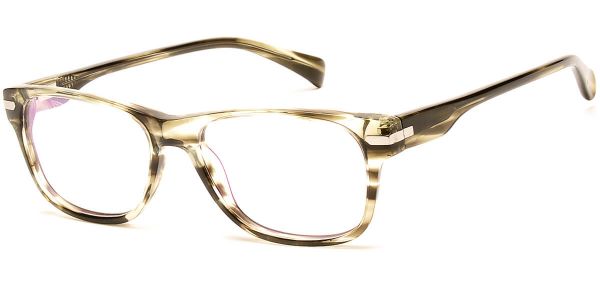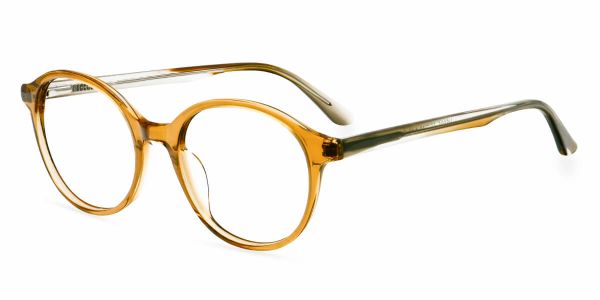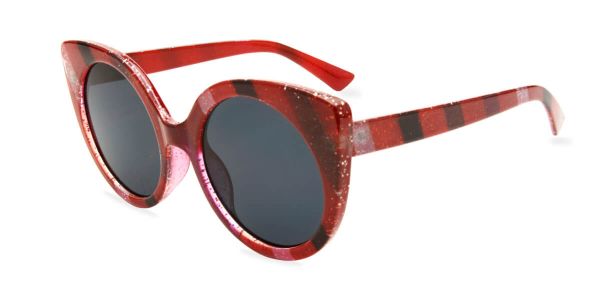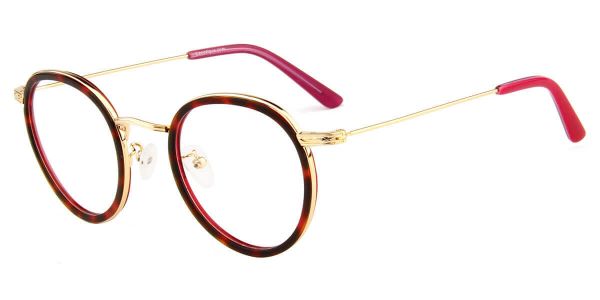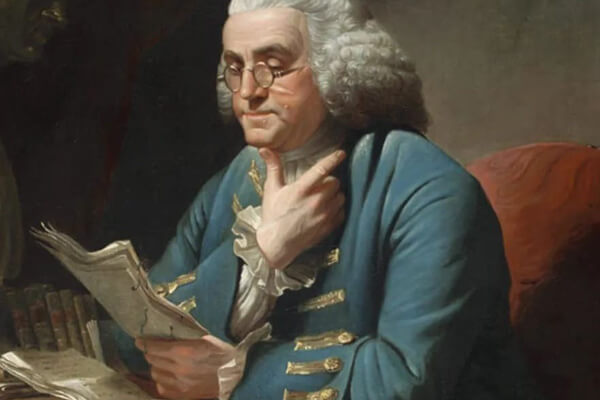
As humans, vision is an important sense that our lives rely on, and clear vision is what we have always pursued. But when did lenses appear in our lives, and what is the history behind lens technology? While my early frames felt clunky and simple, today's lenses are thinner, lighter, and can even correct problems like astigmatism that would have been unimaginable just a few decades ago. I started to wonder - how did we get from the original pair of lenses to the high-tech innovations we have today? Let’s take a look at some of the key developments over the centuries that brought clarity to the lives of many people.
Some of the earliest known examples of correction for poor vision date back to ancient times. Archaeologists have uncovered worn coins from the Roman Empire that bore the impressions of glasses, showing people were grinding lenses as far back as the 1st century AD. However, these early attempts were more like magnifying glasses than what we'd recognize as eyeglasses today. The concept of using two lenses set in a frame didn't emerge until the 13th century in Italy. By the late 1280s, craftsmen like Salvino D'Armate in Florence had started grinding petzval-corrected lenses in pairs for distance vision. These primitive "pince-nez" glasses had to be held or clamped to the face, but they marked the true dawn of corrective optics.
Advances continued slowly over the following centuries. In the 1700s, Benjamin Franklin made bifocal lenses that combined reading and distance corrections, revolutionizing vision care for aging. By the mid-1800s, opticians had started producing mass-produced frames made of lightweight metals like aluminum rather than rigid wood or horn. Additionally, lenses were gaining new abilities - in 1854, the first lenticular lenses capable of magnifying appeared. The development of celluloid in the late 19th century allowed frames to be molded for customized fittings rather than hand-cut metals. This ushered in the era of modern eyewear as we know it.
The 20th century brought truly transformative changes to eyewear. In the 1930s, plastic materials like polycarbonate started to be used for lenses, replacing fragile glass. Plastic was lighter, shatter-resistant, and could be easily tinted—a real blessing for those with light sensitivity. Color options became much more fashionable too. Lens coatings also debuted, with treatments like anti-reflective and hard coats protecting delicate eyes from scratches and glare.
I remember when I first got plastic lenses as a kid in the 90s. The difference was night and day from my old heavy glass lenses. These new plastics were so light, it was like I wasn't even wearing glasses! Any activity or sport became way more comfortable without the risk of breakage. Being able to get fun colors and styles of plastic frames too helped boost my middle school confidence for sure.
Computerization accelerated change even more rapidly in the late 20th century. Using complex math equations, optometrists could precisely design prescriptions for each lens. Progressive no-line lenses hit the market in the 1960s, seamlessly blending distances without visible lines—perfect for multifocal prescriptions. Lens tints also became available, from basic transparent tints to specialized Rose and transition lenses that darken in sunlight.
Today, the options are dizzying. Biometric readers can capture an eye exam in minutes, 3D printing allows for mass customization, and digital surfacing machines grind lenses to a millionth of a millimeter. Frames now contain chips running apps! Prescription smart glasses are going mainstream too. As someone who relied on glasses my whole life, it’s mind-blowing to see how far technology has come. Clear, correction vision used to be a struggle—now it’s taken for granted through continued innovation. I can’t wait to see what the future holds!
Overall, the past integrates lenses from concept to modern marvel. Each generation stood on the shoulders of the last to bring vision into ever sharper focus. Our eyes have never had it so good thanks to the diligent craftspeople and engineers who refused to let poor sight hold us back.

